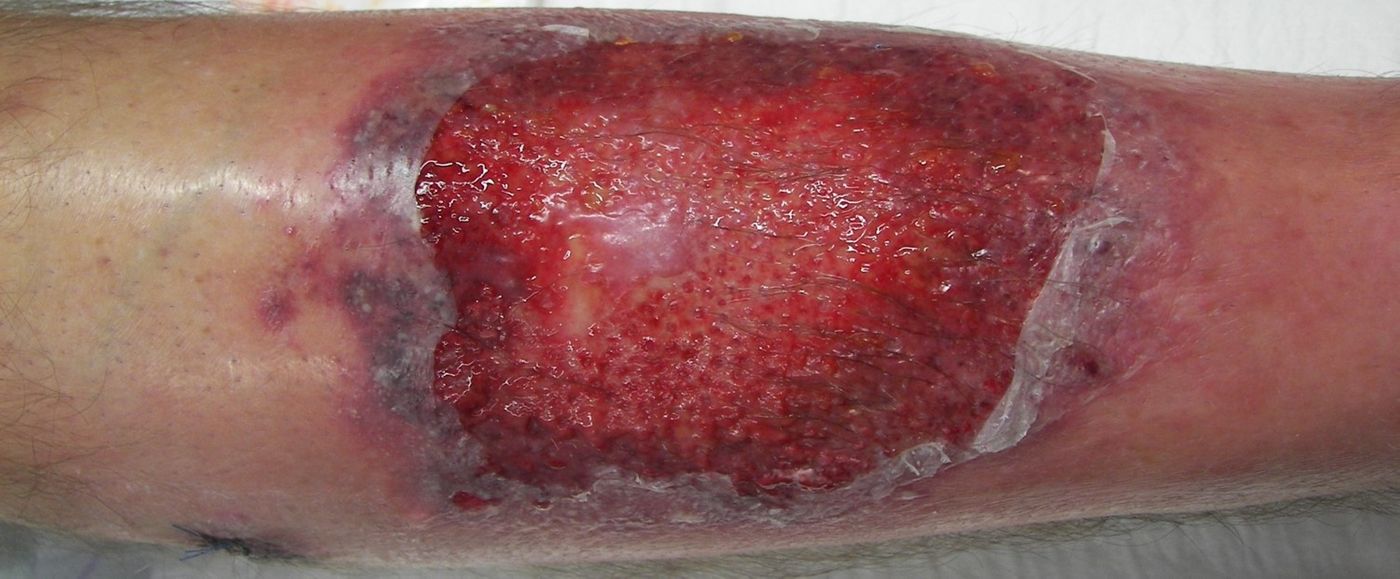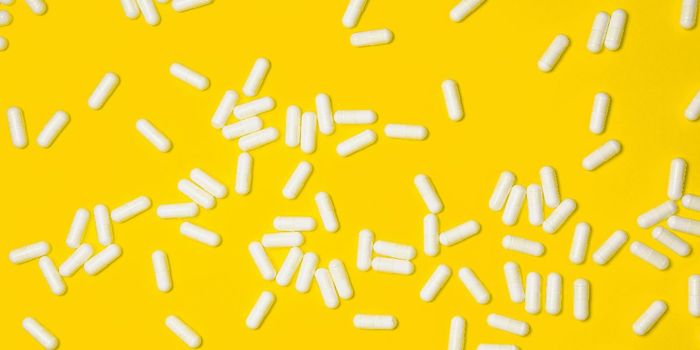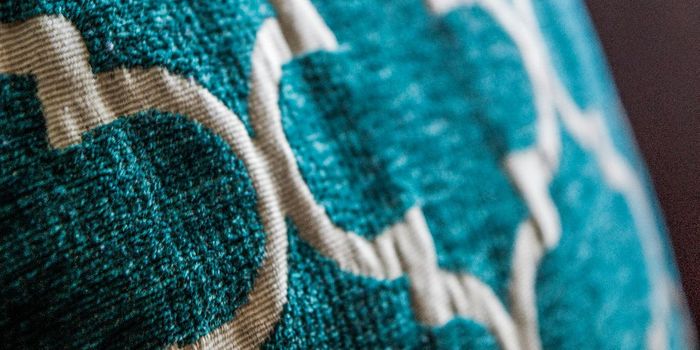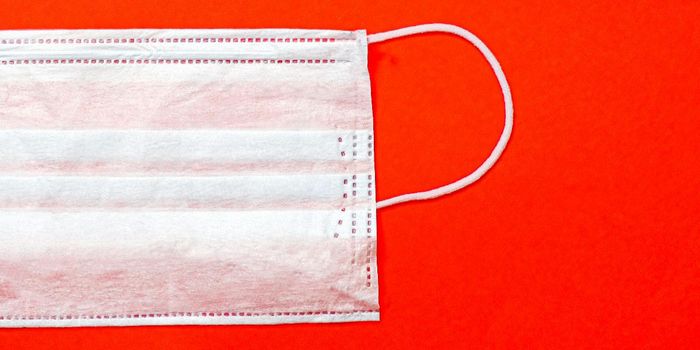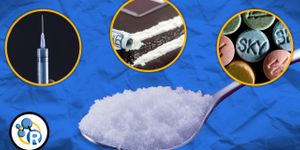A painful inflammatory disease has been plaguing a Flemish family for more than three generations, and for the first time in ten years scientists have identified both the mutation responsible and a potential treatment for the disease.
The genetic disease, which affects about half of each infected person’s children, causes painful skin lesions, fevers, pain, and exhaustion. Through modern DNA sequencing technology, scientists from the University of Leuven, Belgium and the Walter and Elisa Hall Institute, Australia were finally able to shine a light on the mutation responsible for the family’s painful legacy.
The dominant mutation occurs on a gene called MEFV, a gene also responsible for an inflammatory disease called Familial Mediterranean Fever (FMF). However, patients with FMF must inherit mutations from both their mother and their father, and the disease can skip generations, leading the scientists to believe that this disease is recessive. Only a single copy of the MEFV mutation linked to the Flemish family is needed to cause the recently understood disease.
The disease occurring from the dominant mutation on MEFV is now being referred to as Pyrin Associated Autoinflammation with Neutrophilic Dermatosis (PAAND), and after their genetic sequencing information came back, scientists found the same mutation in English and French families in addition to the Flemish family.
"The PAAND mutation causes the body to respond as if there is a bacterial skin infection,” said Seth Masters, PhD, from the Walter and Elisa Hall Institute. “This leads to the skin making the inflammatory protein interleukin-1β, which causes skin lesions, fevers and pain."
In healthy people, interleukin-β is produced when macrophages are activated during a pathogenic infection. Interleukins are cytokines that, in addition to stimulating the immune response that is responsible for the symptoms of PAAND, aids in cell proliferation, differentiation, and apoptosis (
RefSeq). Although interleukin-β is essential to daily immune defense, producing the cytokine at the wrong time and for the wrong reasons can clearly wreak havoc on the body.
Along with the discovery of the disease-causing mutation came the development of a cure. Scientists were actually able to build off of an already existing drug called anakinra, used as an anti-arthritis medication.
Anakinra is the main ingredient of a drug called Kineret which is used to treat another autoimmune disease, rheumatoid arthritis . Kineret comes from a class of therapies that target interleukin receptors to block activity; in the case of rheumatoid arthritis, the activity being blocked prevents joint damage and pain (
Kineretrx.com).
After administering the drug for the first time, the scientists quickly saw skin lesions clear and a full recovery from fevers and pain. A large clinical trial will soon begin for PAAND patients from the Flemish family to understand how the new treatment could have potential as a complete cure.
The study from University of Leuven, Belgium and the Walter and Elisa Hall Institute, Australia was published in the journal Science Translational Medicine.
Source:
The Flanders Institute for Biotechnology
